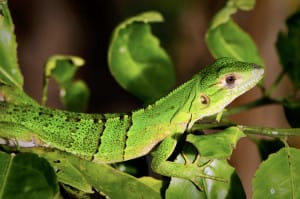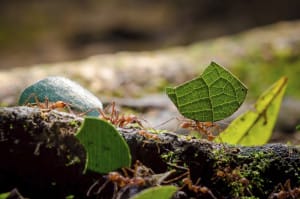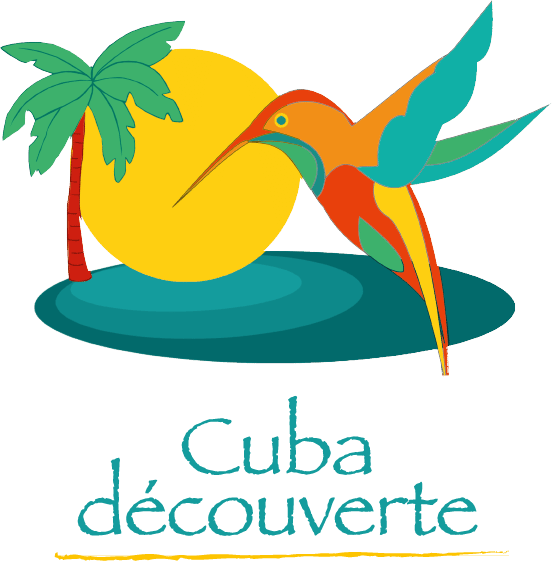Manuel Antonio Park and its Fauna
Manuel Antonio Park is a must-see on any trip to Costa Rica. Today’s opportunity to talk to you about the local fauna!
The Manuel Antonio Park
Manuel Antonio Park, covering almost 700 hectares, is one of Costa Rica’s most popular tourist destinations.
In fact, it was built in response to this demand and the influx of tourists from all over the world who came to discover the park’s biodiversity, and the authorities decided to protect the area. A number of measures have thus been implemented. Within the park, for example, it is forbidden to feed the animals in order to preserve their autonomy.
We ask our customers to strictly observe this rule so as not to modify the animals’ behavior. Unfortunately, it has now been proven that some monkeys suffer from cholesterol linked to the ingestion of potato chips and other human food given or left in the park by unscrupulous tourists.
In addition to its paradisiacal beaches, Manuel Antonio Park is home to some very special animals in its rich, dense forest.
Here’s a closer look at some of the most fascinating: Saimiri monkeys, basilisk lizards, parasol ants and sloths…
Squirrel monkeys or Saïmiri
The squirrel monkey, Costa Rica’s smallest primate, is considered vulnerable by the IUCN (International Union for Conservation of Nature) and there are only around 4,000 individuals left on the planet, including 1,500 in Manuel Antonio. In Costa Rica, they can be seen in Manuel Antonio and Corcovado, their two favorite areas. The Saimiri, which inhabit Manuel Antonio Park, are the species with the largest brains relative to their weight: 5%, compared with 2% for humans.
Most of this brain is used for agility, between movement and sight. As a result, they have outstanding abilities in branches and all kinds of acrobatics. These monkeys also have impressive communication skills. At any moment, they can send messages to each other, such as a change in the weather or the existence of a threat.
Basilisk lizards
Basilisk lizards (Basiliscus plumifrons) are a very unusual species. These small lizards, usually living by the water, are also known as “Jesus Christ lizards”. Indeed, their lightness and vivacity enable them to move extremely quickly when threatened, and to walk on water at over 7.5 miles per hour. They generally perch on branches above the water, and their ability to move in water enables them to escape danger.
The basilisk lizard seems to have emerged straight from prehistory, and the color of its eyes, orange or yellow, gives it such a strange look that we can understand why mythology refers to it as a fabulous being, half rooster, half reptile, and why it was the object of superstitions in the Middle Ages. He was said to have the power to poison and petrify his victims.
Leaf-cutting ants
Ants are particularly numerous in Costa Rica. Mushroom ants (Atta Colombica) are surely the most unusual species. Their processions resemble a religious rite. They form incredible little green paths: thousands of ants carry pieces of leaf which they store in the anthill and use as fertilizer for the mushrooms they feed on. The rainforest is partly maintained by these incessant workers.
Personally, I don’t much appreciate them in my garden, because in less than 30 minutes, they destroy my Sunday plantings 🙁
The dwarf boa
Half of Costa Rica’s 230 reptile species are snakes. The most fascinating of these is undoubtedly the boa constrictor or soothsayer boa. They attack their prey by wrapping themselves around it to suffocate it. But not all boas are gigantic: there are also dwarf boa constrictors, Costa Rica’s smallest snakes, measuring just a few dozen centimetres.
It’s hard to believe that they’re just cousins to the several-metre boas that populate Central America.
The dwarf boa loves the sun and can wait for hours before finding something to suit its feet, or rather, its size… It is generally content with small mice or fledglings, whereas classic boas prefer fawns or wild boar.
The sloth
Manuel Antonio is home to a large number of two-toed Hoffman’s sloths. Around 1,500 at last count.
This strange, aptly-named animal moves so slowly that you’re unlikely to lose sight of it. In fact, it’s considered the slowest animal in the world! This slowness is linked to a particularly low metabolism.
It spends 80% of its time hanging upside down from a branch, and the rest of the time feeding, mating and moving to defecate just once a week or change trees. This process sometimes takes several hours.
Many other species inhabit the park (109 species of mammals and 184 species of birds), and you’re bound to come across mapache (raccoons), capuchin and howler monkeys, coatis, agoutis, deer, and on the bird side, the Manuel Antonio forest is home to toucans, green woodpeckers, motmot, tanagers…
Forbes magazine ranked the park among the 12 most beautiful in the world.
PLEASE NOTE: access to the park is now limited to 600 visitors/day, so plan ahead and buy your ticket in advance.







No comment regarding « Manuel Antonio Park and its Fauna »